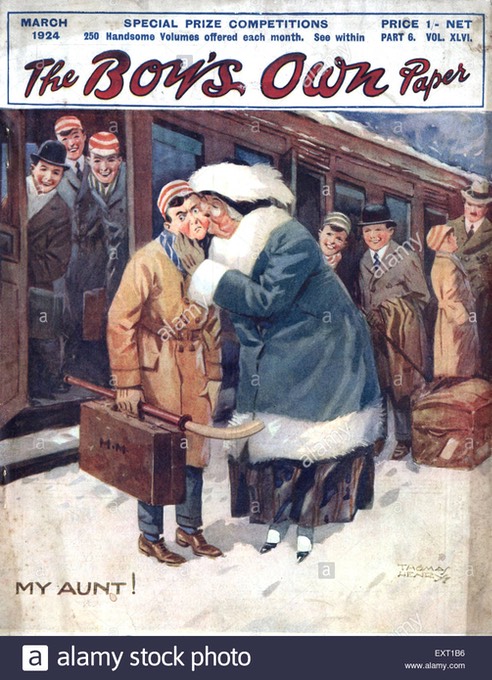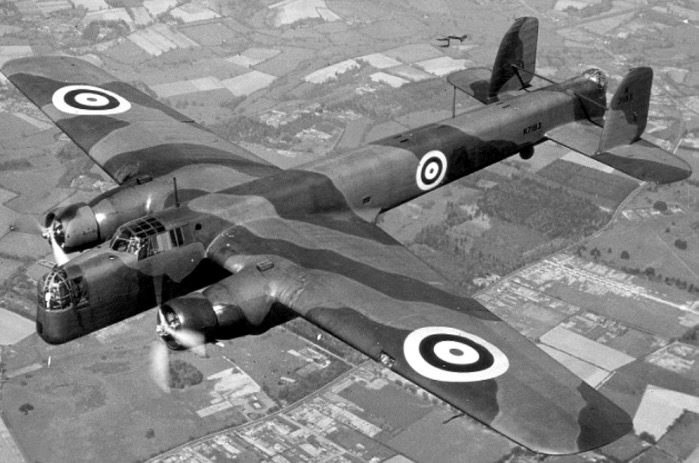By SPIKE DIVER
Even though the war had been over for 30 years, Boy’s Own Paper tales of military derring-do were still the staple features diet of Sunday Express readers in the Seventies.
Each week the heroics of gimlet-eyed submariners, devil-may-care Spitfire pilots and grim-faced Commandos were played out on double page spreads accompanied by finely detailed, brilliantly drawn illustrations.
So when, in his third-floor Fleet Street bunker, SX Editor John Junor heard the tale of the schoolboy who became the youngest pilot in the RAF, the command rang out:
Buy up this man!
Thus, the elite special forces of the Sunday Express (and I don’t mean Inspector Watts) scoured the country for the young hero whose name was Dobney.

And scoured. And scoured.
Just when the frustrated news hounds were dreading having to confess their failure and having to justify their exes, a modest, self-effacing deputy art editor walked the 20 yards from his desk at the Daily Express overlooking Great Ancoats Street in Manchester to the office of the Sunday’s Northern Editor, Howard Bygrave, on the same floor.
“Hello,” he said, “I understand you’ve been looking for me. “I’m Tom Dobney.”
Mind you, when the merriment in Fleet Street had subsided, it was conceded: JJ was right. 1197690 Sgt Pilot Dobney, T. had a fascinating tale to tell.
Not that any of his colleagues in the north, including Tony Fowler, Bobby Cocksworth, Roger Watkins and Dick Dismore, then knew they had a boy hero in their midst.
Tom determined to become a flier while following the Battle of Britain when he was a 14-year-old pupil at King Edward VI Grammar School in Nuneaton, Warwickshire.
He turned up at a recruiting office for a dare. But while there, he thought he might as well complete the enlistment forms. And why not add four years to his age?
Two weeks later he was accepted for pilot training as long as he passed a medical and a selection board at a church hall in Coventry. One squadron leader on the interviewing panel was obviously suspicious.
“How old are you, lad?” he asked. “Eighteen,” replied Tom. “Really? Where’s your birth certificate?” “I sent it in, sir. You must have it.”
The officer rummaged through some papers then, embarrassed that he might have mislaid the vital document, he shook Tom by the hand and said: “Welcome to the RAF.”
The elation of Aircraftman Second Class Dobney, aged 14 years, three months, was short-lived: he still had to break it to his mother. She would be left alone having split up from his father.
Years later, Tom recalled: “I simply bullied her into agreeing. She didn’t like it but I argued and sulked until she threw up her hands and gave in.
“So far as she was concerned I was joining up as ground crew. If she had known that I was going as a pilot she would definitely have put her foot down and stopped me.”
In October, 1940 Mrs Dobney put her young son on the train to RAF Cardington, near Bedford. It was, perhaps, a sign of the confusion she felt that she gave him half a crown to buy sweets for the journey.
Although Tom started at Cardington he completed his flight training in Canada and was awarded his wings when he was just 15. Back home, he completed 20 sorties over enemy territory in twin-engined Whitley bombers leading crews of airmen all older than himself.
Then his secret was discovered in a most bizarre way. His estranged father spotted his picture in a newspaper shaking hands with King George VI who was on a tour of East Anglia air bases.
A furious Mr D contacted the Air Ministry and demanded: how could my son be introduced to the King as a veteran bomber pilot when he’s only 15?
Tom was discharged immediately. He was given a letter to confirm that the only reason was his age and the RAF promised to take him back when he was old enough.
What to do now? In quick order Tom worked in a Coventry aero engines factory and, as soon as he could, he joined the Air Transport Auxiliary. By 1943 he has back in the RAF. Legally.
Alas, it wasn’t long before he was seriously injured in a crash on take-off when an engine failed. By the time he was fit again the war was all but over.
After the conflict ended he took part in the Berlin Airlift, flying four-engined York Transports, served on the King’s Flight and became an RAF air traffic controller. After a spell in the Metropolitan Police he joined the Express art desk in Manchester (as you do) and took early retirement in the Great Cull of ‘86.
Express Northern news Editor Stan Blenkinsop said at the time: ‘He was such a quiet, modest man and never talked about his wartime experiences. I used to sit a few yards away from him and think: how on earth did he do all that?’
At the end of war Tom was refused his campaign medals because it was decreed that he had earned them illegally. His mother wrote to Winston Churchill who intervened. They were awarded with a fulsome apology.
Tom, who, had six children from three marriages, died in 2001. His achievement is still in Guinness World Records.
Additional research by Rosalie Rambleshanks (trainee).



